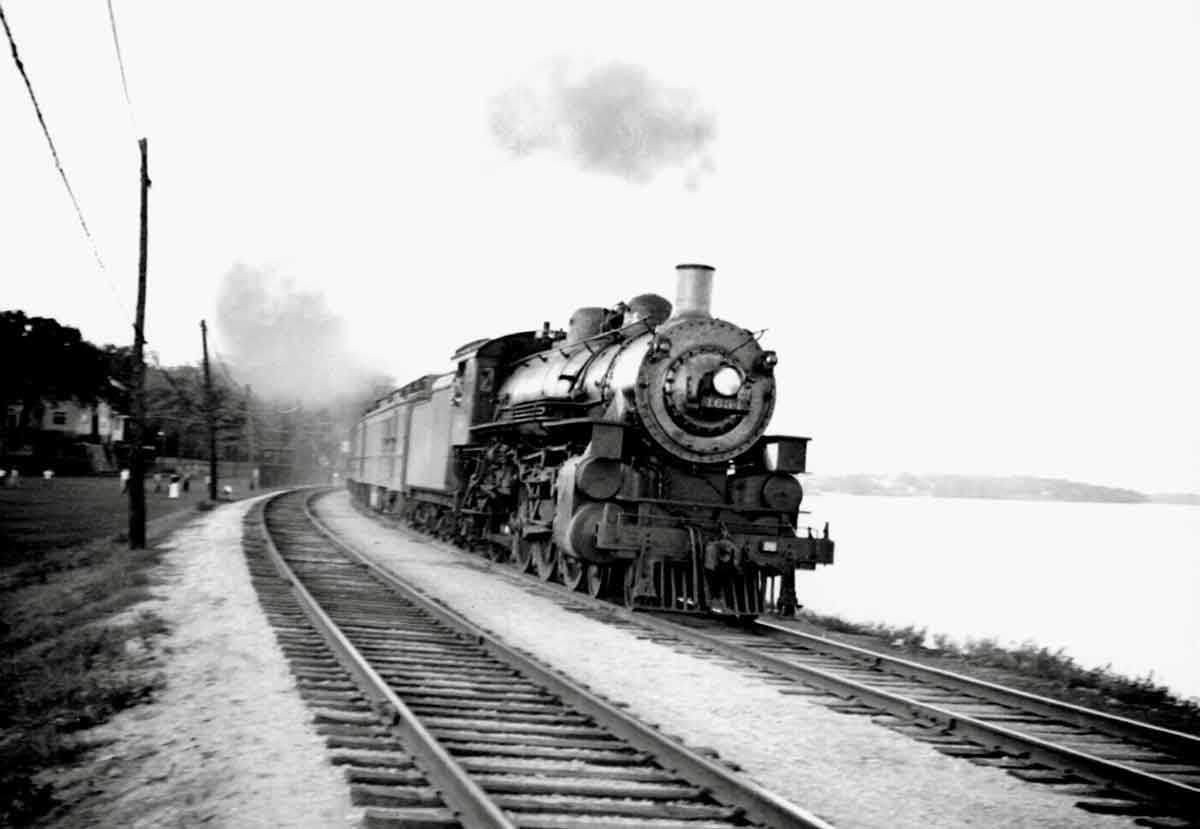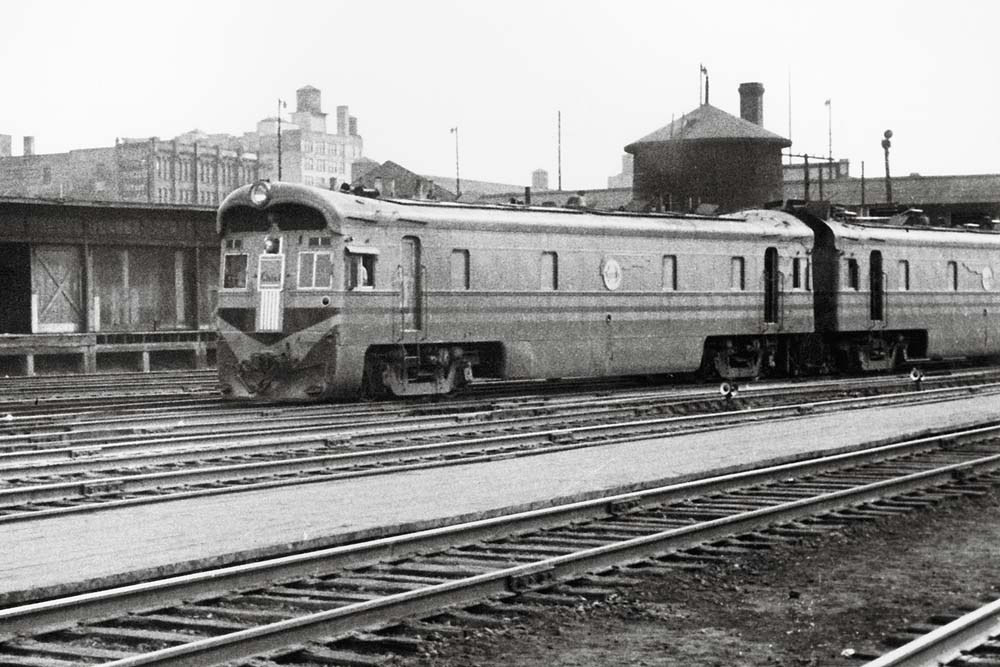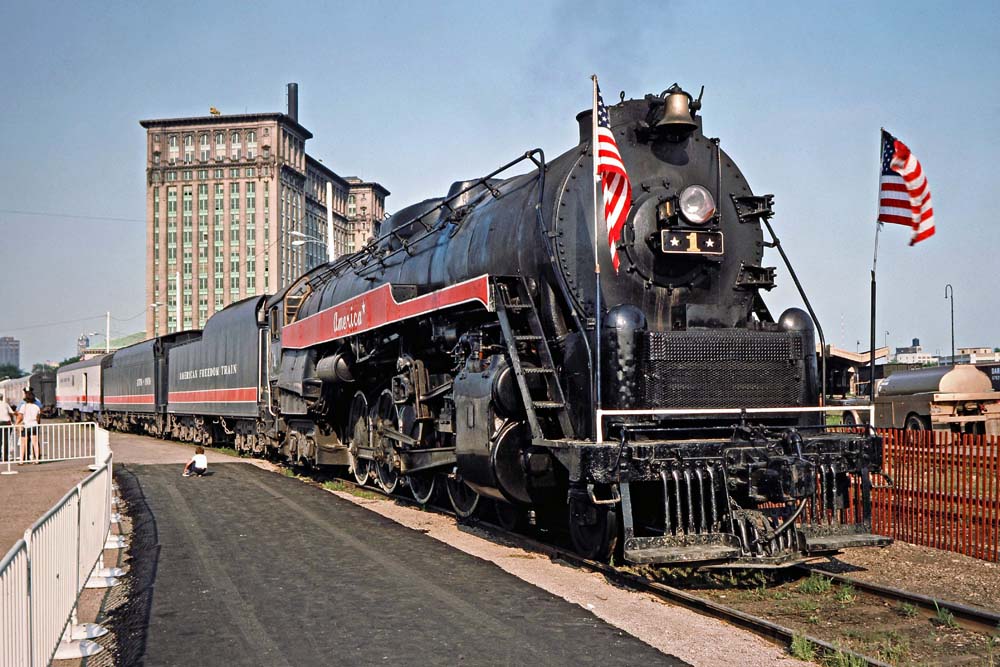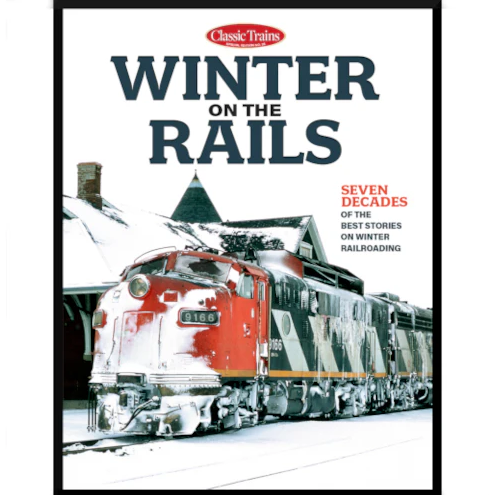The Illinois Central went by that name from the time of its 1888 entry into Madison. However, the company that began construction on what would become IC’s Freeport (Ill.)–Madison branch was called the Chicago, Freeport & St. Paul. IC was a vast, busy railroad, but, with just the one line into town, kept a low profile in Madison.
Madison’s third railroad, the Chicago & North Western, reached the city in 1864. The name sounds pretty grandiose, and the C&NW was, as railroads went in their heyday. Here was the railroad that (until October 1955) brought Union Pacific’s transcontinental streamliners to and from Chicago. Here was the road that had the 400s. Here was the other big-time road in Madison.
The term “other” was quite meaningful to me at that time — the 1930s and ’40s — when steam engines ruled the rails and passenger and freight schedules were frequent enough to forestall any boredom for a teenage railfan like me. From my perspective, the Milwaukee Road was sort of like “home,” since my dad and grandfather were both engineers on its Madison Division. I heard all about goings-on up and down the pike from them, as they discussed various runs, engines, crews — both current and from memory. On the other hand, there was the North Western.
The C&NW was “different.” Its engines looked different. Its passenger cars were painted dark green or a bright yellow — unlike the Milwaukee’s orange and maroon. And occasionally one could see in North Western trains the cars from other roads, like the maroon of the Soo Line and — talk about exotic — the Canadian Pacific! In double-track territory, the North Western used the left track instead of the right.
The C&NW had an imposing depot on the near east side, with not only two main tracks but two or three stubs for trains originating or terminating at Madison. Lines went north through Baraboo, Elroy, etc.; south to Janesville, Beloit, and Chicago; and east to Milwaukee. In addition, there was the “Ridge Runner” branch to southwestern Wisconsin towns such as Lancaster and Fennimore.
Madison’s two big roads — Milwaukee and C&NW — shared an unusual crossing, right in the middle of Brittingham Bay, a large inlet on the west end of Lake Monona, one of the city’s “Four Lakes.” Other essays on this crossing have called it either “Lake Junction” or, more correctly, Tower MX.
I spent a lot of time watching trains come over that crossing. Some of the most memorable ran on the North Western, carrying names like the Mountaineer, Duluth-Superior Limited, Viking, and Soo Dominion. There were also local passenger trains, long and short freights, and gas-electric cars. There were several versions of E-class Pacifics, from the lighter ones to the big E-2’s, some of which had been modified in 1935 to pull the first editions of the 400 between Chicago and the Twin Cities. J-class Mikes hauled the freights, except for those on the Ridge Runner line, which R-class Ten-Wheelers handled.
Nowadays, the Chicago & North Western Railway is no more. Its lines east, south, and west from Madison are abandoned, with only stubs remaining in the city. The line north, once an important, double-track artery, has been truncated at Reedsburg, 52 miles out. Regional road Wisconsin & Southern operates all these segments, which, of course, have been freight-only for decades. The imposing depot on Blair Street has been purchased by the local power company, and hardly bears any resemblance to the bustling railroad station that it once was, when it hosted arrivals and departures of local passenger runs and name trains.
But I can still hear, as I think back over the years, the approach, still miles away, of the Duluth-Superior Limited, due in Madison around 10 p.m., as it whistled for the first grade crossing after coming through the cut south of town, the rock walls seeming to amplify the engineer’s announcement. Next would come the whistles for another grade crossing, Lakeside Street, and then the rattle of the wheels as the train crossed the Milwaukee Road in the middle of the bay.
First published in Fall 2009 Classic Trains magazine.
Learn more about railroad history by signing up for the Classic Trains e-mail newsletter. It’s a free monthly e-mail devoted to the golden years of railroading.














